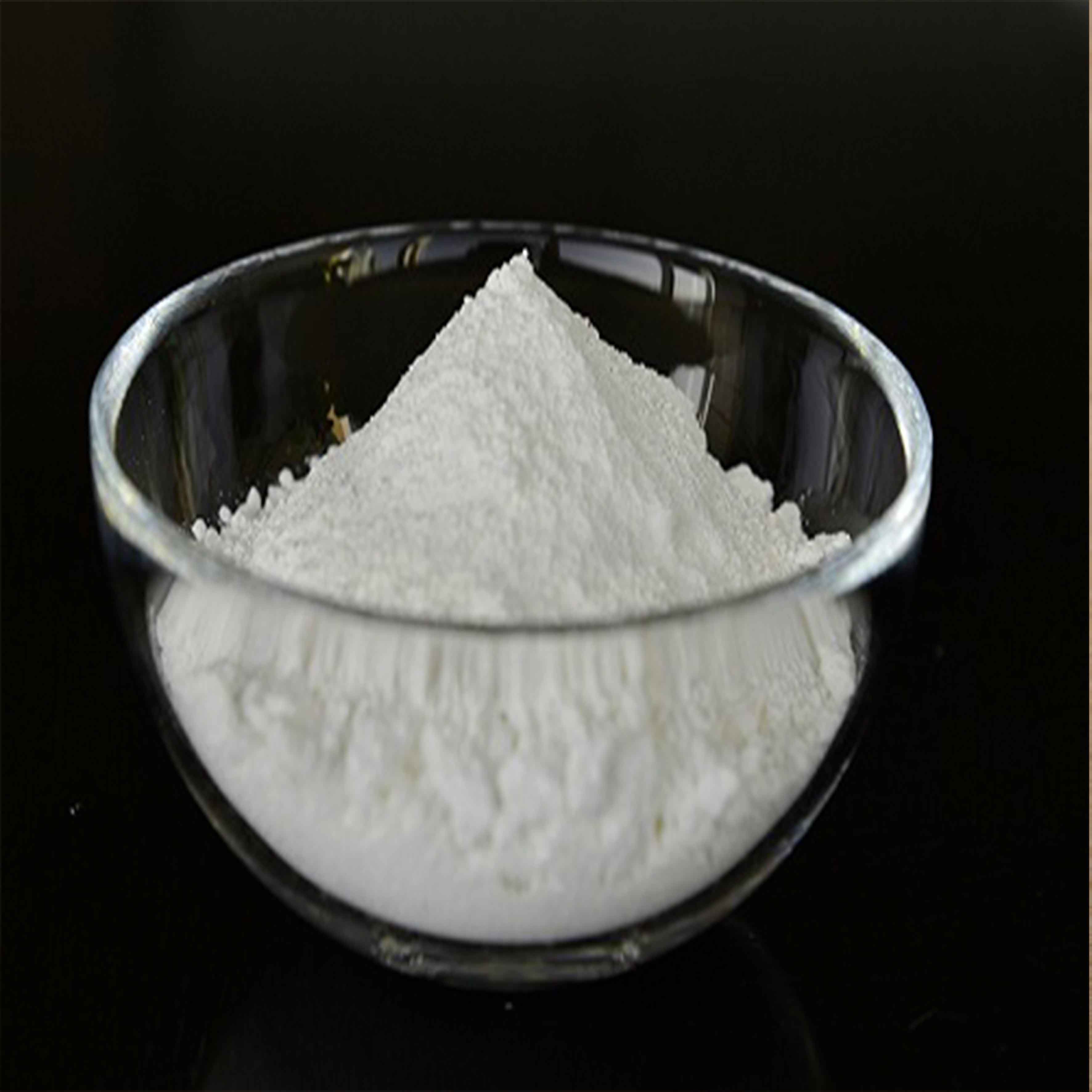
Dec . 30, 2024 07:59 Back to list
"rutile titanium dioxide use for coating, waterborne interior wall coating, ink"
The Role of Rutile Titanium Dioxide in Waterborne Interior Wall Coatings and Inks
Rutile titanium dioxide (TiO₂) is a widely acknowledged pigment known for its excellent optical and rheological properties. It is primarily used in various applications, including coatings, inks, and plastics. Particularly, in waterborne interior wall coatings and inks, Rutile TiO₂ stands out for its superior brightness, opacity, and durability. This article explores the advantages of using rutile titanium dioxide in these formulations, its impact on sustainability, and the future of waterborne coatings and inks.
Benefits of Rutile Titanium Dioxide
1. Brightness and Opacity Rutile titanium dioxide possesses exceptional light scattering properties. This characteristic allows it to provide outstanding whiteness and opacity, which are crucial in interior wall coatings. Any coating formulation aiming for a superior finish must include a high-quality pigment, and rutile TiO₂ excels in this domain, creating an aesthetically pleasing environment for indoor spaces.
2. Durability and Resistance One of the key attributes of rutile titanium dioxide is its chemical stability. Waterborne interior wall coatings formulated with this pigment are resistant to yellowing, weathering, and other degradation processes over time. This durability is particularly important for indoor applications, where coatings must withstand varying humidity, temperature changes, and cleaning processes.
3. Enhanced Performance in Inks When used in inks, rutile TiO₂ imparts excellent opacity and vibrancy, essential for graphic applications ranging from packaging to decorative prints. Its high refractive index translates into bright, vivid colors, which are crucial for attracting customers in a competitive market.
4. Non-Toxic and Eco-Friendly As the world leans towards sustainability, the demand for non-toxic and environmentally friendly products grows. Rutile titanium dioxide is considered safe for both humans and the environment, making it an ideal choice for waterborne coatings and inks. Unlike solvent-based formulations, waterborne products reduce the emission of volatile organic compounds (VOCs), which contributes to improved indoor air quality.
Applications in Waterborne Interior Wall Coatings
"rutile titanium dioxide use for coating, waterborne interior wall coating, ink"

The use of rutile titanium dioxide in waterborne interior wall coatings is particularly advantageous due to the growing trend towards eco-friendly construction practices. These coatings offer less environmental impact than their traditional solvent-based counterparts, aligning with global sustainability goals.
Waterborne coatings, enriched with rutile TiO₂, provide superior coverage with fewer coats required, resulting in reduced labor and material costs. Moreover, these coatings can be easily cleaned, maintain color integrity, and offer mildew resistance. These properties are essential in modern interior design, where aesthetic appeal and practicality go hand-in-hand.
The Future of Waterborne Inks and Coatings
As consumer awareness regarding chemical safety and environmental impact increases, the future of rutile titanium dioxide usage in waterborne inks and coatings looks promising. The coating industry is anticipated to continue its shift towards more environmentally friendly formulations, where the demand for sustainable, high-performance materials remains high.
In addition, technological advancements are likely to enhance the properties of rutile titanium dioxide, improving dispersibility, stability, and performance in various applications. This continuous innovation will play a pivotal role in the expansion of rutile TiO₂ in the paint, coating, and ink industries.
Conclusion
In conclusion, rutile titanium dioxide is indispensable to modern waterborne interior wall coatings and inks. Its brightness, opacity, durability, and safety credentials make it a preferred pigment in developing high-quality, eco-friendly products. As industries push towards sustainability and innovation, rutile titanium dioxide will undoubtedly remain at the forefront of these advancements, shaping the future of coatings and inks for years to come. By integrating this superior pigment into formulations, manufacturers can meet the dual demand for aesthetic appeal and environmental responsiveness, ultimately enriching the user experience in interior spaces.
-
What is Barium Sulfate Board? Uses, Benefits & Industry Insights
NewsNov.25,2025
-
Essential Guide to Calcium Powder Quotes – Pricing, Quality & Global Insights
NewsNov.24,2025
-
Reliable Anatase TiO2 Pigment Quotes for Sustainable Industry Use | CQ Titanium Dioxide
NewsNov.24,2025
-
Understanding Lithopone B311 Powder Quotes – Market Insights & Applications
NewsNov.23,2025
-
Reliable 30-50nm TiO2 Powders Quotes for Advanced Industrial Use | CQTitanium
NewsNov.23,2025
-
Comprehensive Guide on Lithopone Red Pigments Quotes | Industry Insights & Pricing
NewsNov.22,2025
